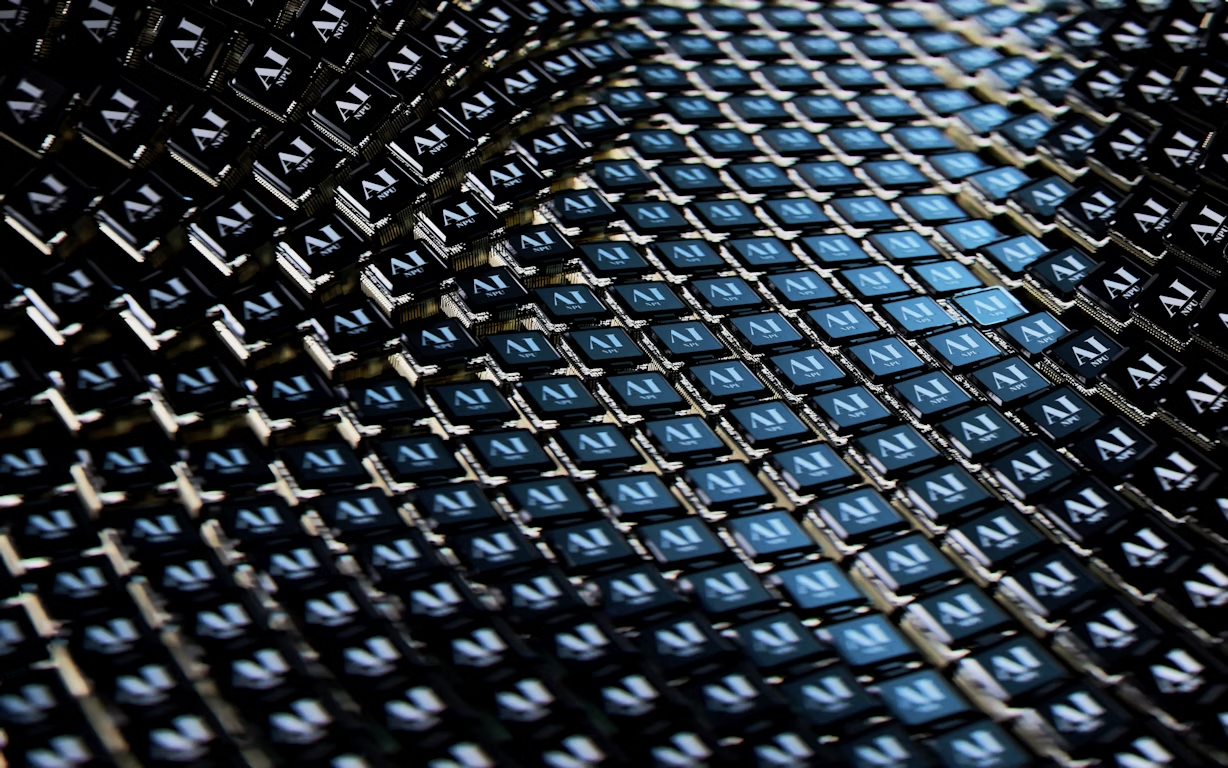Most conversations about artificial intelligence begin with its flaws. People share screenshots of mistakes, laugh at hallucinated answers, and point to how unreliable these systems can still be. It is a comforting narrative: yes, AI is powerful, but it is not ready to take on work that demands discipline. In particular, process‑driven roles — accounting, compliance, auditing, operations — are said to be “safe” because AI cannot be trusted to follow every step without error. But to believe this is to mistake a phase for a permanent state. AI’s probabilistic nature is not a ceiling; it is a starting point. What looks like protection is, in truth, a temporary buffer — and it is already shrinking.

Today’s models are probabilistic engines. They predict the next likely token, not with certainty, but with weighted probability. That variance is what makes them creative, and it is also what makes them unreliable. A small deviation cascades into a skipped step, a fabricated detail, or an answer that looks confident but collapses under scrutiny. For a business, this is unacceptable. Systems that execute critical processes must be deterministic — they must either succeed or fail with clarity. And so, while AI dazzles in open‑ended conversations, it fails the test of reliability. This failure has become a safety buffer, a reason workers assume they cannot be displaced by machines that improvise instead of obey. The comfort does not lie in human uniqueness; it lies in the system’s immaturity.
What happens when that immaturity is stripped away? The answer is already emerging. Probabilistic cores are being wrapped in deterministic shells: workflows that enforce structure, validators that catch errors, and locked processes that prevent deviation. Think of it as scaffolding built around a fluid core. The model can still generate, but it cannot escape the guardrails. Every input is checked. Every output is verified. Every step is chained to the next. Suddenly, the AI that once invented details completes tasks with machine‑level consistency. Reliability flips from weakness to default. At that point, the line between “unreliable assistant” and “reliable replacement” blurs.

This shift changes the question. For years, the debate fixated on what AI can do that humans cannot. That misses the point. The urgent question is what humans can do that deterministic AI will not. Once probabilistic noise is constrained by hard rules, the work that remains is no longer about following steps; it is about seeing beyond them. It is about asking whether the process should exist, not simply executing it more efficiently. Those who cling to the current buffer believe their protection lies in complexity or tenure, when in fact it lies in a temporary flaw. When the flaw disappears, so does the protection.
History has played this scene before. Every wave of automation — from looms to assembly lines to software — started unreliable. Early machines were error‑prone, mocked as crude imitations of human craft. Workers took comfort in that. Reliability arrived faster than anyone expected, and with it, displacement. The roles that endured moved upward: from weaving to design, from assembly to engineering, from data entry to systems thinking. The same logic applies now. What looks flawed today is the first act of inevitability. Building a strategy on present weakness is like building a dam against a rising tide.

This makes the current moment unusually valuable. It is not a window of safety; it is a window of preparation. While AI remains probabilistic, there is room to adapt, to reposition, to build skills that sit above the deterministic shells that will soon harden around these models. The danger is not that AI will replace work — replacement is the point of automation. The danger is spending the last of this window defending ground instead of climbing to higher ground. Survival does not come from insisting on irreplaceability; it comes from moving faster than the tools that are catching up.
At Mergynce, we build with this inevitability in mind. We do not assume AI will remain improv‑heavy forever. We assume the opposite: that determinism will arrive and collapse the buffer people believe they have. Our approach begins not with what AI is, but what it is becoming. That changes practical choices. We design processes where variance is channeled, where validators do more than catch typos — they enforce intent. We model workflows that do not merely execute steps but expose the logic behind them, so that human judgment engages at the level of purpose, not procedure.

Even in that future, something vital remains human. Deterministic systems can follow rules, but they do not originate them. They can perfect repetition, but they do not reframe the question. They can optimize a process, but they do not decide whether the process still deserves to exist. The work that lasts moves upward into problem framing, cross‑domain synthesis, narrative clarity, ethical boundaries, and system design. These are not safe because they are mystical; they are safe because they are meta. They sit one layer above the shells — guiding, testing, and, when needed, discarding them.
The real story isn’t about what AI might replace — it’s about what it enables when its randomness is disciplined. Probabilistic engines wrapped in deterministic shells stop being novelties and start becoming infrastructure. The challenge now is not defending against change, but designing with it. The future belongs to those who can weave structure and creativity together — not as opposites, but as partners in resilience. At Mergynce, this is the frontier we pursue — not simply asking what AI can do, but shaping how it should be built, guided, and trusted. We are less interested in automation for its own sake, and more in the architectures that channel uncertainty into clarity, and convert constraint into strength. Determinism is not the end of possibility; it is the foundation on which new possibilities stand, waiting for those willing to design the systems that bring them to life.


